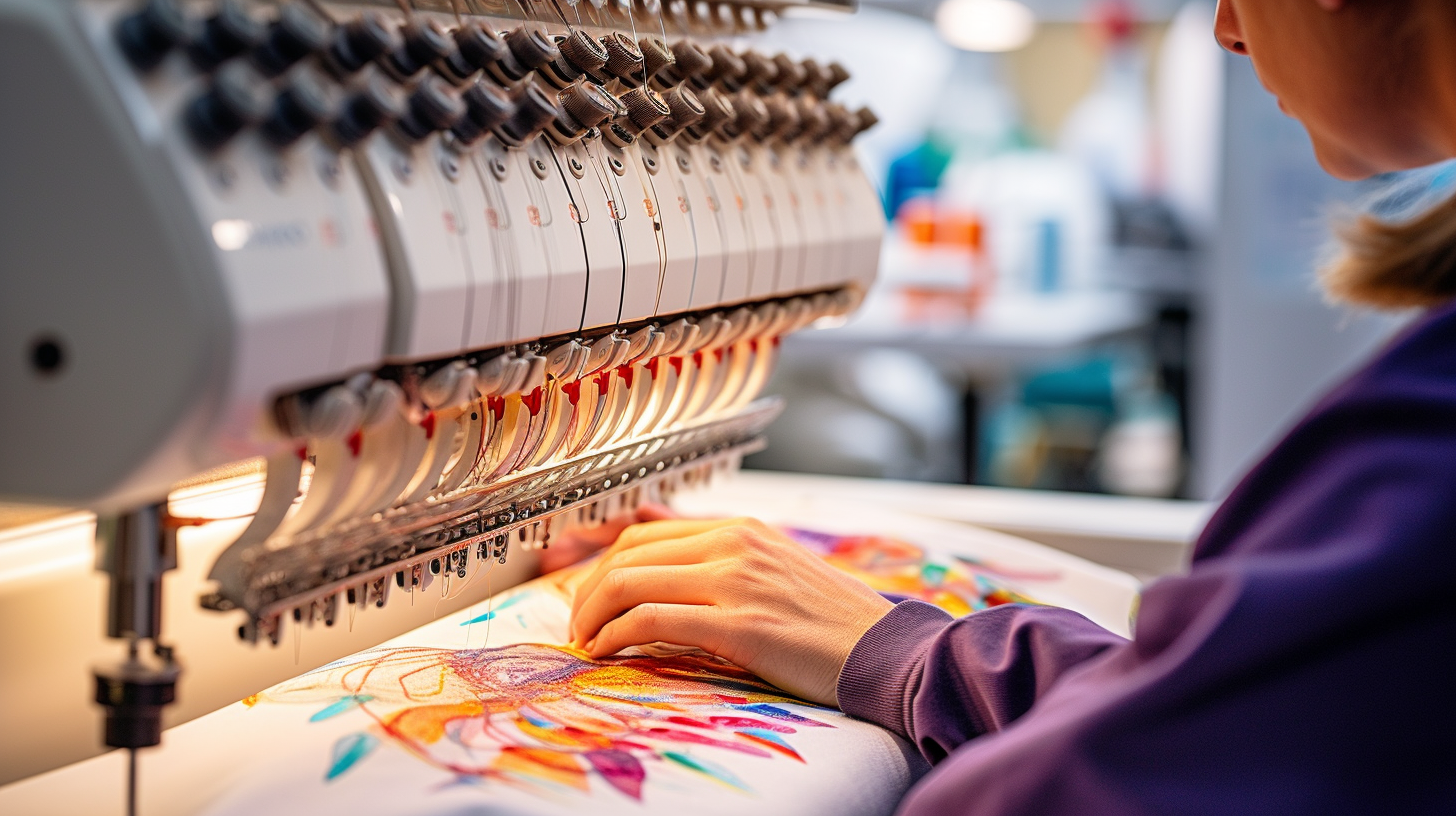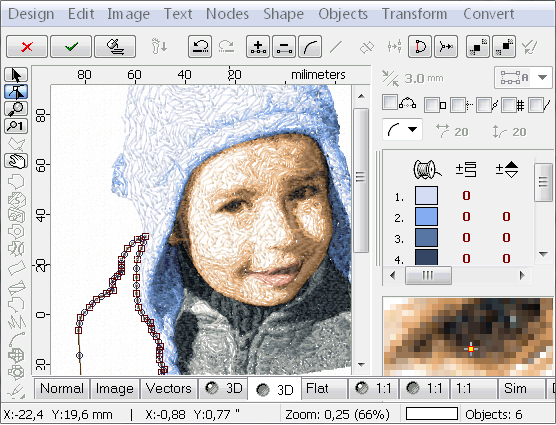Premier Digitizing for Embroidery: Perfect Stitch Whenever
Premier Digitizing for Embroidery: Perfect Stitch Whenever
Blog Article
Grasping the Needlework Digitizing Process: Your Ultimate Guide
Needlework digitizing is a meticulous craft that requires precision and competence to equate detailed layouts right into electronic layouts for equipment needlework. As craftsmens get started on this trip to understand the needlework digitizing procedure, a thorough understanding of the essentials establishes the structure for excellence.

Recognizing Needlework Digitizing Essentials
Needlework digitizing essentials form the foundation upon which elaborate styles are converted right into machine-readable layouts for specific sewing. This first action in the needlework digitizing procedure is critical for ensuring that the final embroidered product is a faithful representation of the original design. Understanding needlework digitizing essentials involves comprehending essential ideas such as stitch types, sew instructions, thickness, underlay, and pull payment.
Stitch types play a vital duty in establishing the aesthetic and textural outcome of the stitched layout. By selecting the appropriate stitch type, whether it be satin, fill, or running stitch, digitizers can attain the wanted impact and enhance the total quality of the needlework. Furthermore, stitch instructions influences the circulation and dimension of the layout, while density identifies the spacing and coverage of the stitches.
Additionally, underlay sewing provides stability to the layout by protecting the fabric and preventing distortion throughout the embroidery procedure. Pull compensation is another essential consideration to neutralize the natural tendency of fabric to agreement when stitched. Grasping these embroidery digitizing fundamentals is fundamental for producing professional-quality embroidered items.
Picking the Right Digitizing Software
Choosing the proper digitizing software application is an important choice that considerably influences the performance and top quality of the embroidery digitizing procedure. Digitizing for Embroidery. When picking the best digitizing software program, it is necessary to consider aspects such as the intricacy of layouts you plan to produce, the user-friendliness of the software program, the level of customer support provided, and the compatibility with your needlework device
There are numerous digitizing software application options readily available on the market, ranging from basic programs for newbies to advanced software for professional digitizers. Some popular choices include Wilcom EmbroideryStudio, Hatch Embroidery Software, and PulseID. These software offer a variety of tools and attributes to help you create intricate designs easily.
Prior to making a decision, it is suggested to discover the various software application choices through totally free trials or trials to figure out which one finest suits your needs. In addition, reviewing evaluations and seeking suggestions from skilled digitizers can offer important understandings into the strengths and weak points of each software (Digitizing visit this web-site for Embroidery). By carefully examining your needs and comparing the functions of different digitizing software program, you can make an educated choice that boosts your embroidery digitizing workflow
Digitizing Devices and Techniques

Optimizing Layout Setup for Needlework
Mastering the details of style setups is fundamental in attaining optimal outcomes in the needlework digitizing process, structure my latest blog post upon the foundation laid by comprehending digitizing devices and methods. When maximizing design settings for needlework, it is crucial to think about variables such as stitch type, density, padding, pull payment, and enrollment. Enrollment settings line up various elements of the style properly, maintaining general style honesty.

Troubleshooting Common Digitizing Issues
When encountering usual digitizing issues during the needlework process, it is vital to understand the origin and execute reliable solutions immediately. One common problem is stitch thickness issues, where stitches may be also dense, triggering the textile to pucker, or too sporadic, bring about gaps in the style. Readjusting the stitch thickness settings in the digitizing software application can assist settle this issue.
Another regular obstacle is string breaks during the embroidery process. This can happen as a result of numerous factors such as incorrect tension settings, boring needles, or utilizing low-grade string. Making certain correct maintenance of the embroidery more tips here machine, consisting of routine needle modifications and stress modifications, can minimize the incident of thread breaks.
In addition, design registration errors can lead to misaligned aspects within the embroidery layout. Checking the style placement in the digitizing software program and making required adjustments before stitching can aid in avoiding this problem. By attending to these typical digitizing problems promptly and successfully, you can make certain a smoother embroidery procedure and top notch completed products.
Final Thought
To conclude, mastering the needlework digitizing process calls for a strong understanding of the essentials, the appropriate option of software program, and understanding of tools and methods. Optimizing design setups and fixing common digitizing issues are critical actions in making sure top quality embroidery results. By adhering to these actions diligently, one can achieve accuracy and effectiveness in the digitizing process.
Report this page